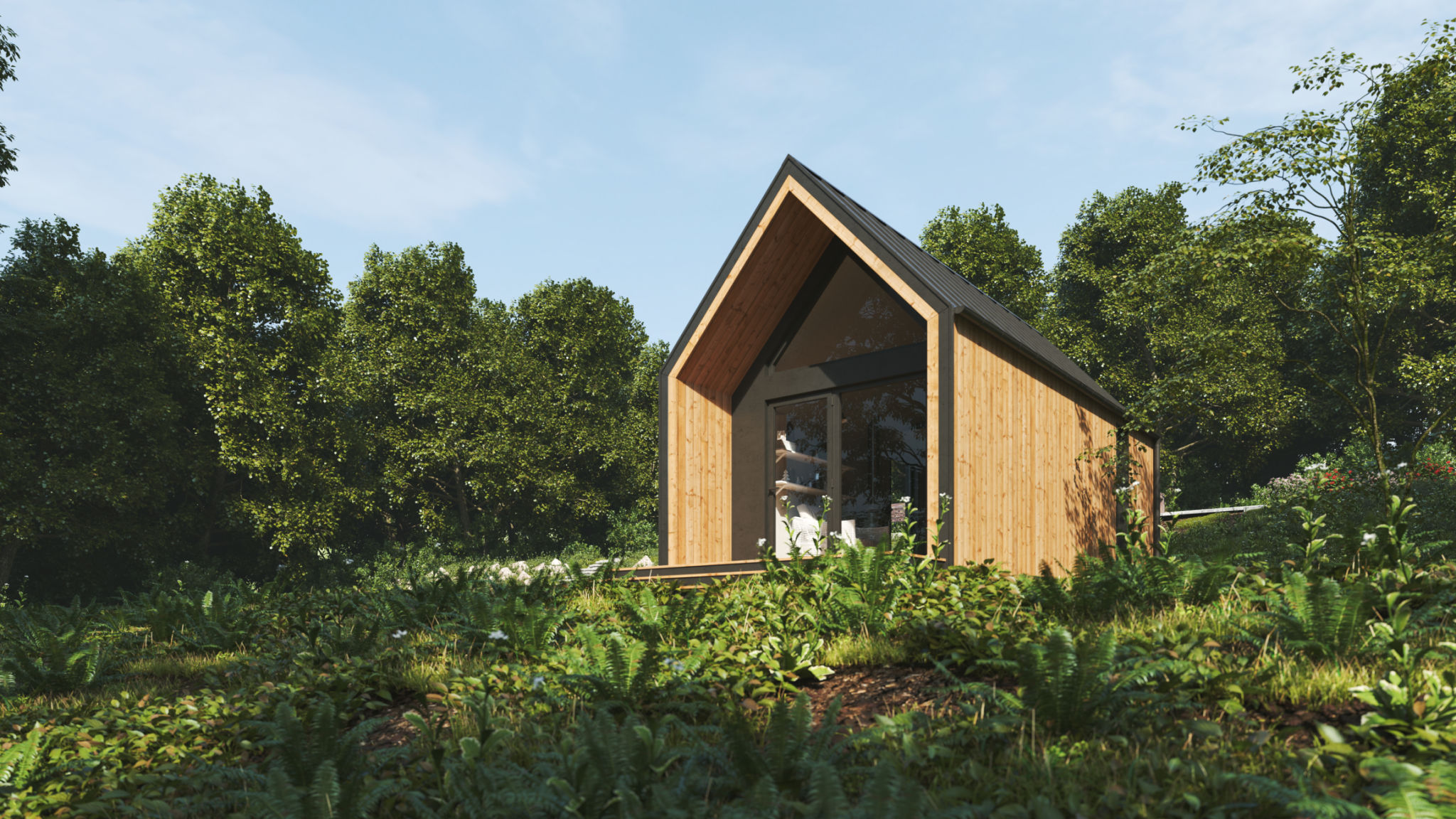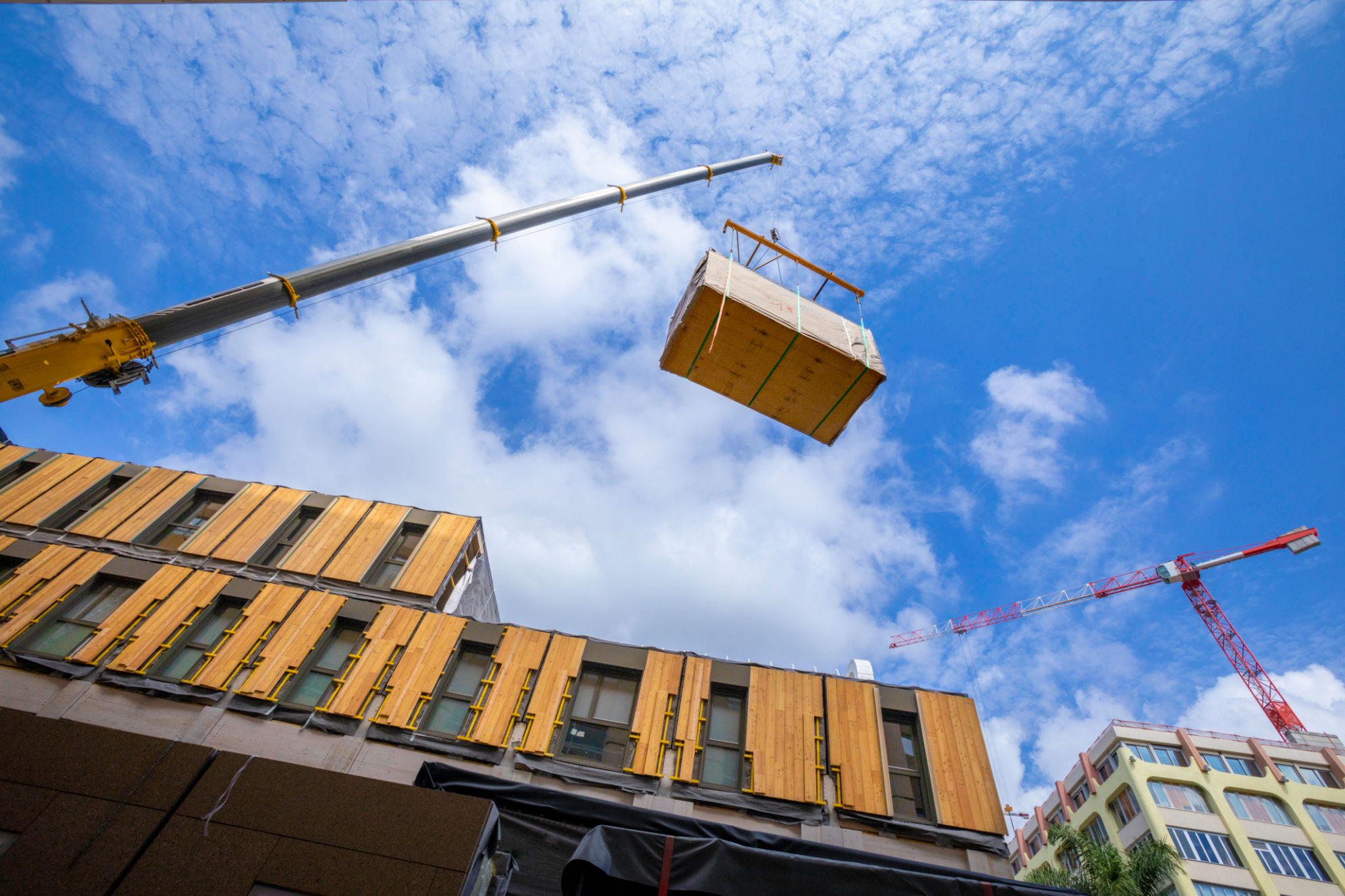Exclusive Construction Trends: Innovative Designs in the UK
Eco-Friendly Building Materials
The construction industry in the UK is increasingly embracing eco-friendly building materials as a response to growing environmental concerns. From reclaimed wood to recycled steel, these materials are not only sustainable but also offer a unique aesthetic appeal. Builders and architects are now focusing on the use of locally sourced materials to reduce transportation emissions and promote sustainability.
One popular trend is the use of hempcrete, a bio-composite material that provides excellent insulation and is carbon-negative. Its lightweight nature and durability make it an ideal choice for modern constructions aiming to minimize their carbon footprint.

Smart Home Integration
The integration of smart technology in homes is another innovative trend reshaping the construction landscape in the UK. Homeowners are increasingly interested in systems that offer convenience, security, and energy efficiency. From smart thermostats to automated lighting systems, these technologies enhance the functionality and comfort of modern homes.
Smart home technology also extends to security features, such as advanced surveillance systems and smart locks, offering peace of mind to residents. As technology continues to evolve, we can expect even more sophisticated smart home solutions becoming standard in new constructions.

Modular Construction
Modular construction is gaining popularity due to its efficiency and cost-effectiveness. This method involves creating building sections off-site in a controlled factory environment before assembling them on-site. The benefits include reduced construction time, minimized waste, and improved quality control.
In the UK, modular construction is being widely adopted for residential buildings, schools, and healthcare facilities. The flexibility of design and ability to expand or modify structures easily make it an attractive option for various projects.

Sustainable Urban Design
Urban design in the UK is shifting towards sustainability, focusing on creating spaces that are environmentally friendly and conducive to healthy living. This involves integrating green spaces within urban areas, promoting walkability, and enhancing public transportation networks.
The concept of "15-minute cities" is gaining traction, where essential amenities are accessible within a short walk or cycle from residents’ homes. This design approach not only reduces reliance on cars but also fosters community interaction and well-being.

Biophilic Design
Biophilic design is an innovative approach that seeks to connect people with nature by incorporating natural elements into buildings. This could include the use of natural materials, indoor plants, and large windows that allow ample natural light. Such designs have been shown to improve mental well-being and productivity among occupants.
Incorporating elements like green roofs and living walls not only enhances the aesthetic appeal but also contributes to better air quality and energy efficiency within buildings.

Adaptable Living Spaces
The demand for adaptable living spaces has surged, especially with the rise of remote working arrangements. Homes now need to serve multiple functions, from workspaces to recreational areas. This has led to a trend in flexible design solutions, such as movable walls and multi-functional furniture that can easily be reconfigured as needed.
This adaptability is crucial for maximizing space utility, especially in urban areas where housing is limited, allowing residents to personalize their living environments without compromising on comfort or aesthetics.
